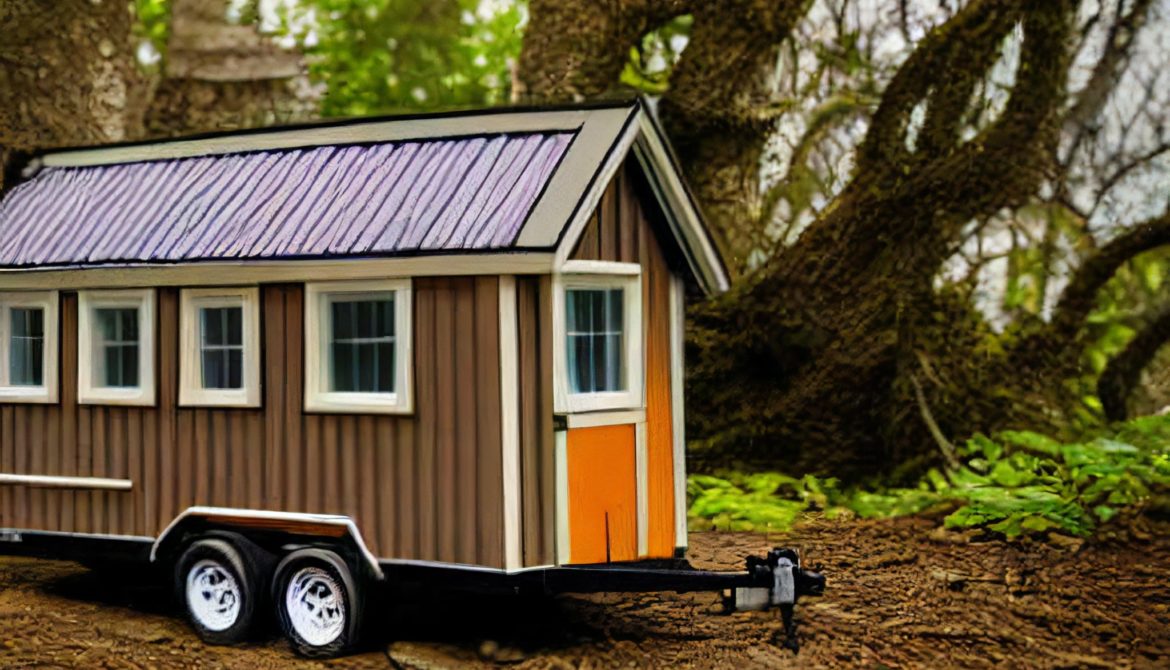Table of Contents
- Big Living Tiny House: Discover The Freedom A Small Living Space Offers
- Big Living Tiny House by Design
- Big Living Tiny House Advantages
- It Is a Cost-Effective Way To Own a House
- A Tiny House Is Eco-Friendly
- It Is Energy-Efficient
- A Small House Can Be Mobile
- It May Let You Afford Better Real Estate
- A Tiny House Is Easy To Clean and Maintain
- It Allows You To Simplify and Declutter Your Life
- It Lets You Focus on the Good Stuff
Big Living Tiny House: Discover The Freedom A Small Living Space Offers
How do you like to spend your time? Whatever you enjoy doing, it is often challenging to make time for it when so much is devoted to the upkeep of a traditional home. Additionally, buying a house can eat up a lot of financial resources that could otherwise go to meeting the other needs and desires you have in your life.
Though the most recent tiny house movement began in the wake of the 2008 financial crisis, many are just discovering the freedom of the big living tiny home lifestyle.
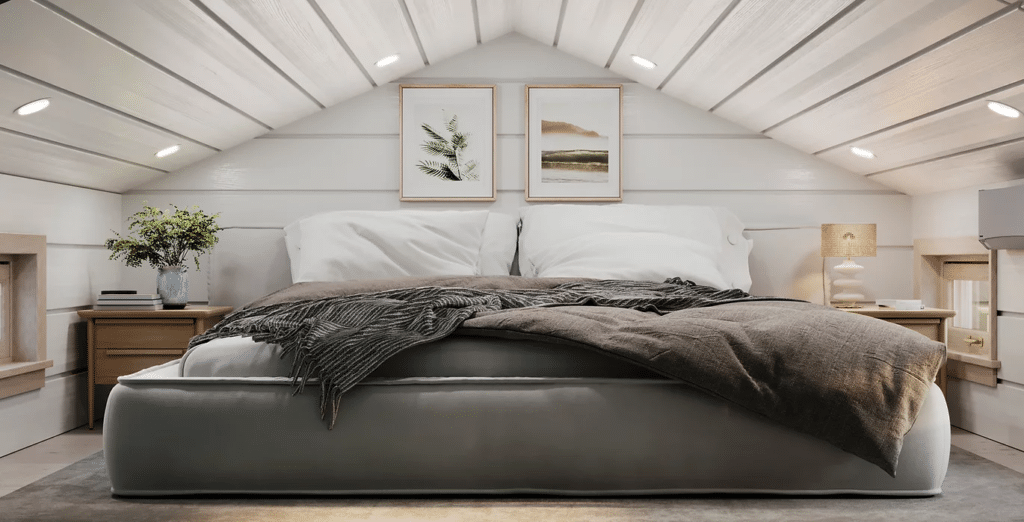
Big Living Tiny House by Design
In 2015, the average size for an American home peaked at 2,467 square feet, before falling slightly to 2,261 by 2020. However, many first-time and current homeowners are taking stock of what they want from their lives and deciding that they want something different than paying and caring for a large house. Once they realize they feel chained to their homes and stuff, they opt for a different path, downsizing their lives and upsizing their living.
The choice for many is by design. They desire fewer belongings and more experiences. They want more time and money to do the things they enjoy and spend time with those they love. Big living tiny home isn’t just about the size of the living space; it’s also about values and quality of life. At United Tiny Homes, we construct houses to meet your needs, allowing you to customize your:
- Exterior
- Storage
- Kitchen
- Bath
- Heating, ventilation, and air conditioning
- Plumbing and waste management
A small space with the right design provides everything you want from a home without feeling limited.
A tiny house generally has a footprint of no more than 600 square feet. They may have lofts or a second story that increase living space or storage. Porches and decks, like the ones on United Tiny Homes’ Seville, Denali, and Gemini models, expand the environment further, allowing homeowners to relax or entertain outdoors. As with a traditional home, decks and porches are not calculated in the footprint but can effectively nearly double your living area.
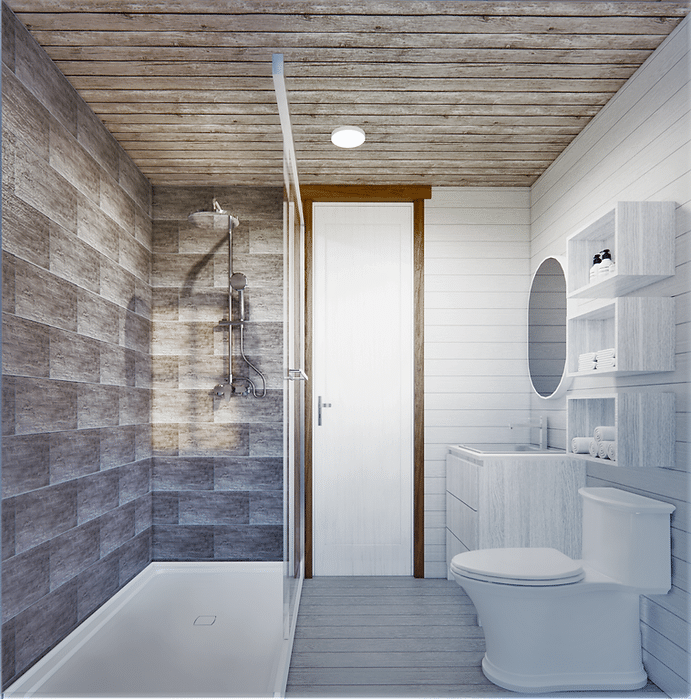
Big Living Tiny House Advantages
Living in a small house is becoming increasingly appealing for many traditional house owners who realize the burdens outweigh the benefits.
It Is a Cost-Effective Way To Own a House
Real estate prices have been on a steady march upward. In August 2012, the median price for a home in the U.S. was $253,200, and the average price was $305,500. Fast forward a decade, and those figures have risen to $436,00 for the median and $521,800 for the mean. Moreover, the prices don’t include the additional fees and costs buyers incur when purchasing a home and don’t consider ongoing property taxes, maintenance, repairs, and insurance.
You pay significantly less when you build or buy your own tiny house. A majority of tiny home owners own their houses outright. They do not pay a mortgage, closing costs, inspection fees, or any other costs typically associated with buying a traditional house, opening up big living tiny home opportunities. If you construct a small house on a foundation, you will likely still pay property taxes on your home as well as the land. If your tiny home is on wheels, you generally won’t have property taxes for the house.
Though traditional mortgages are a challenge for tiny home buyers, United Tiny Homes are certified by the American National Standards Institute, so buyers can finance and insure them with any existing chattel service providers. We have also partnered with 21st Mortgage Corporation to offer financing for our customers. Applicants with a qualifying credit score may secure a loan with as little as 10% down. While it’s already far less expensive to purchase a tiny house, we wanted to make it as affordable as possible, allowing more people to discover the big living tiny home experience.
A Tiny House Is Eco-Friendly
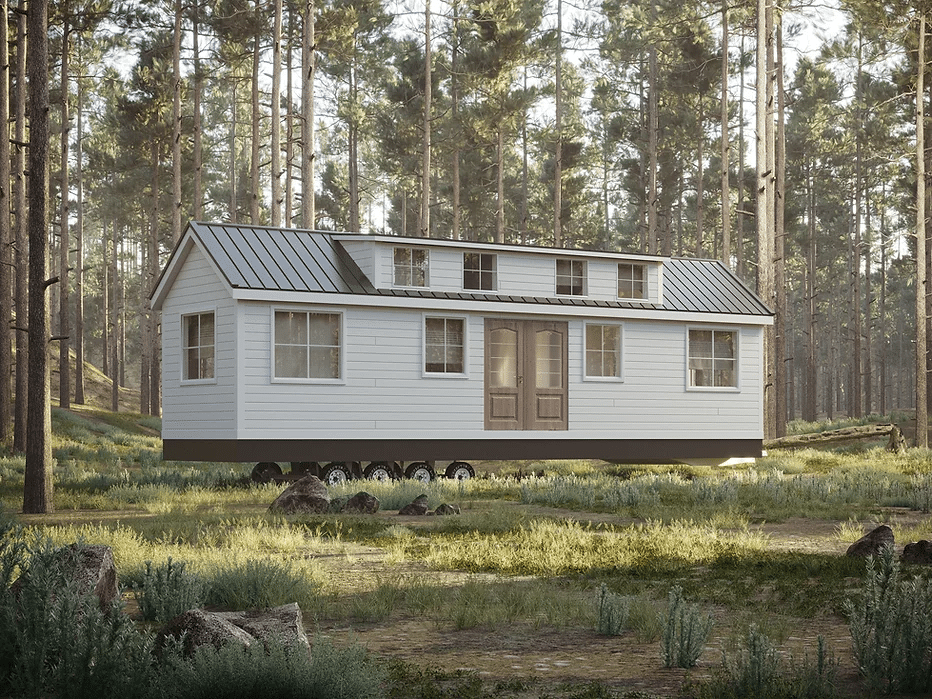
If everyone on Earth lived like the average U.S. citizen, we would need more than five Earths to support the planet’s population, as Americans are the highest resource consumers. Australians are close behind; it would take 4.5 Earths to sustain a population that consumed as much as the average Aussie. Though, as a whole, China puts off more greenhouse gasses — followed by the U.S. — than any other country, individual Chinese citizens consume less than those in 11 other countries.
It takes a lot of resources to build, live in, and maintain a traditional house. If you want an eco-friendly home, you can’t do much better than a tiny house. These houses use far fewer materials, conserving energy in the manufacturing process. The manufacturing and building processes also create far less pollution and waste than traditional homes. These homes can be adapted for off-grid living, reducing their carbon footprint further. Many environmentally conscientious people choose to live in a small house and take pride in the big living tiny home experience.
It Is Energy-Efficient
A small house is energy efficient, lending to an eco-friendly home design that is also easy on the budget. A tiny home requires less energy to heat and cool, regardless of whether you utilize traditional utility sources or go for renewable energy. Though these homes have a small roof, they readily support solar panel setups. These systems can be tied to the grid or allow for off-grid living wherever you desire (and are legally allowed) to set up your home. The freedom to live in remote areas or move more frequently — with your home in tow — contributes to the big living tiny home lifestyle.
Another energy-efficient aspect of United Tiny Homes’ small houses is the tankless water heater. This type of heater takes up very little space, making it a perfect design for a tiny house. They are also very energy efficient. Standard water heaters, even those designated as energy efficient, require far more electricity to heat the water than a tankless water heater. You’ll conserve energy, use less water, and save more money with a small water heater that heats on demand.
A Small House Can Be Mobile
Do you like the idea of being able to change scenery without going through the challenges of an ever-fluctuating real estate market, not to mention the hassles involved in selling, buying, packing, and unpacking a traditional house? If so, you’ll appreciate this advantage of the big living tiny home life: You can take your home with you when you move.
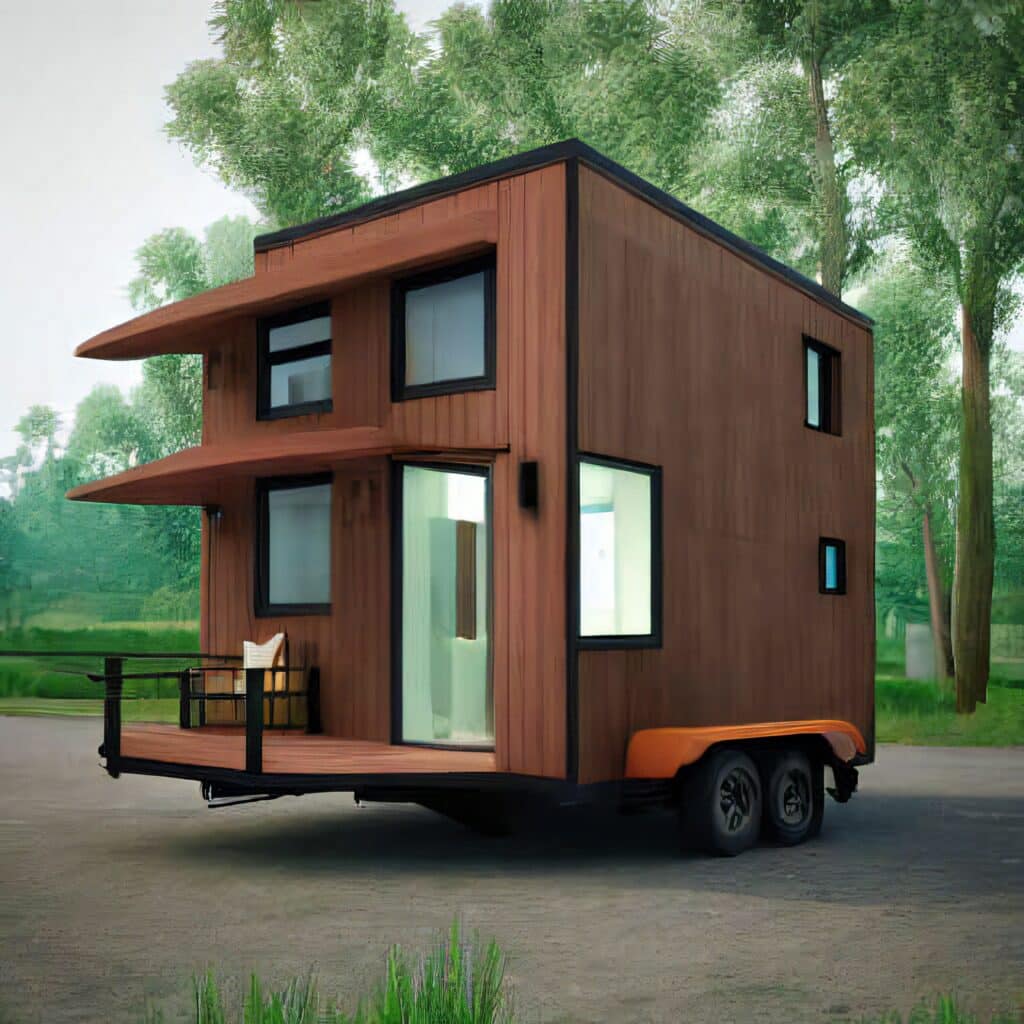
If you choose a tiny home built on wheels rather than one with a foundation, you can move your home when you want new views. The tiny houses in our Park and Signature lines can all be mobile. They conform to the Department of Motor Vehicles’ limitations, allowing you to register and tow them using a full-sized truck any time of day or night. You will not need special permits or a semi to move your home.
While you always need to check specific codes for tiny homes in the area you wish to live, many states and municipalities are adopting Appendix Q of the International Residential Code. This code specifies structure and safety requirements for tiny homes. Nearly half the states have fully integrated Appendix Q into their statewide residential regulations, including:
- Florida
- Idaho
- Kentucky
- Minnesota
- New York
- Washington
Several other states leave it up to municipalities to establish residential building codes. If you want to discover what big living tiny home life is like in a new location, you should check the rules before moving your house. United Tiny Homes are all built to IRC standards, so you can move them anywhere that adheres to Appendix Q regulations.
It May Let You Afford Better Real Estate
The biggest expense for most people buying real estate is the house. Comparatively, the land is significantly less expensive. Whether you want to purchase acres of land in a rural area far from the nearest city or a small parcel in your favorite metropolitan area, it’s easier to afford when you purchase only land and then put a tiny home on it.
One of the appeals of the big living tiny home life is that it opens up opportunities to live in a broader range of locations. If you are the type of person who envisions moving around frequently, you can bypass land ownership and rent spots at long-term parks, staying until the urge to move on sets in.
A Tiny House Is Easy To Clean and Maintain
House cleaning and maintenance eat up a significant chunk of time and money. When your home is less than 600 square feet, cleaning is a breeze. You no longer need to set aside one of your days off to take care of the chores. Instead, you can be done within a couple of hours and get on with the rest of your day. Doing more of what you love is one of the most appealing aspects of the big living tiny home lifestyle. You will also spend less on cleaning supplies since they’ll last longer when you buy them.
Maintenance is another aspect of homeownership that can consume a lot of resources. There is much less to keep up with in a small house. When something does need repair, you can often take care of it yourself rather than paying a fixer to do it for you.
At United Tiny Homes, we build our small houses out of materials you can find at the local hardware store. You won’t need to order any specialized products to make your repairs. DIY maintenance keeps more money in your bank account for saving or spending on what you enjoy most.
It Allows You To Simplify and Declutter Your Life
For some people, the most challenging step towards the big living tiny home life is ridding themselves of the excess stuff in their lives. However, once they do, they find that they have less stress and feel freer. There is a connection between clutter and mental health. People who declutter and simplify their lives can reduce stress, improve focus, and get better sleep quality.
Tiny home living requires you to get rid of the excess. You only have so much space, even with the efficient small space design and ample built-in storage that you find in United Tiny Homes’ houses. When you move into a small house, you find out how little you really need for a big living tiny home lifestyle. You discover what is truly useful and important to you. Once you declutter and simplify your environment and life, you will likely feel a sense of freedom that you didn’t have before.
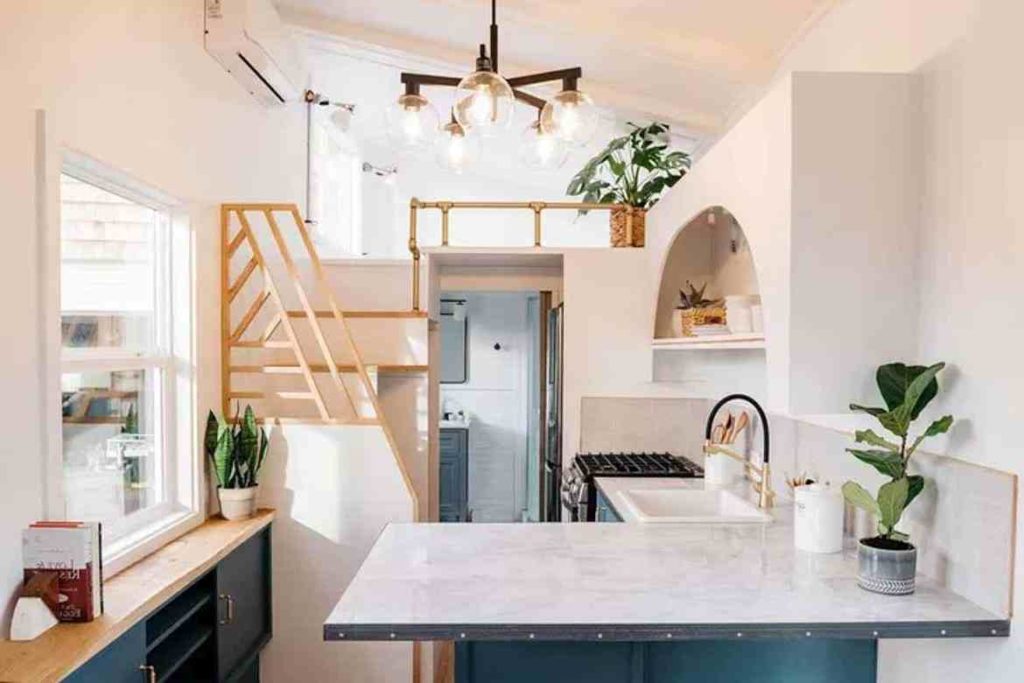
It Lets You Focus on the Good Stuff
With less stuff to focus on and more money and time, you get to turn your attention to the good things in life. You are free to focus on doing what you enjoy and spending time with people you love. Your relationships may become richer because you can take the time to cultivate them. You will have time to discover more about who you are and what you enjoy. You can devote more of your energies to making your dreams come true. Focusing on the good stuff in life is what we mean by the big living tiny home lifestyle.
Big Living Tiny Home Style
If you’ve watched TV shows on HGTV and other channels featuring tiny homes, you know these small spaces can be big in style. If you seek alternative living options, you are not limited in your choices. No matter your needs and tastes, you can find a modern tiny house that fits you.
Types of Tiny Homes
Multiple types of structures meet the definition of a tiny home:
- Treehouses: Treehouse living is for those who truly like to be part of nature. These homes are built within the branches of large trees, but they’re much more stylish than people’s typical image of a child’s playhouse.
- Yurts: While you can find kits for camping yurts on Amazon, a yurt built for living is typically insulated and often has a wood-burning stove that vents through a hole in the roof to allow for year-round living.
- Recreational Vehicles: RVs are no longer just for recreation. An estimated 1 million Americans live in an RV full-time, and the trend is catching on worldwide. These homes on wheels come in many forms, from vans to large 5th-wheels to skoolies (revamped school buses).
- Park Models: United Tiny Homes constructs park models, such as our popular Gemini model, that are made to fit in long-term and residential RV and trailer parks. Their design allows them to easily connect to the utility setups found in these types of parking areas, making the big living tiny home lifestyle more convenient to those who prefer a nomadic life but want to live in a home that resembles a house more than a trailer.
- Container Homes: This trend began after a man named Phillip Clark filed a patent for designing habitable shipping containers in 1987. Now you can find plans for constructing container homes on Amazon or buy prefabricated homes from builders.
- Luxury Tiny Homes: Luxury models offer a modern tiny house with many of the design elements and styles you find in traditional modern homes, just on a much smaller scale. The United Tiny Homes’ Signature Line is an excellent example of the luxury small houses available on the market.
The tiny home movement provides options for people to save money in multiple ways. If you are the DIY type, you can construct your own tiny home using plans and small house design books available on Amazon. You can also hire tiny house builders like United Tiny Homes to create a home that fits your needs for an affordable price, putting the big living tiny home life within reach in as little as 90 days.
Big Living Tiny Home Life Around the World
Bryce Langston has spent years traveling around the world to showcase the tiny home movement. His YouTube channel, Living Big in a Tiny House, has more than 4 million subscribers, demonstrating just how widespread this movement is. The host is from New Zealand, where the tiny home movement is especially strong, but his channel illustrates how far the movement reaches and how much variety exists within the lifestyle.
The Big Living Tiny Home Lifestyle for You
At United Tiny Homes, we believe everyone should have access to the big living tiny home movement. We build our houses to meet DMV and IRC standards and design them to be easily adaptable for people with disabilities. If you’re ready to join the tiny house movement, get your free quote today!

